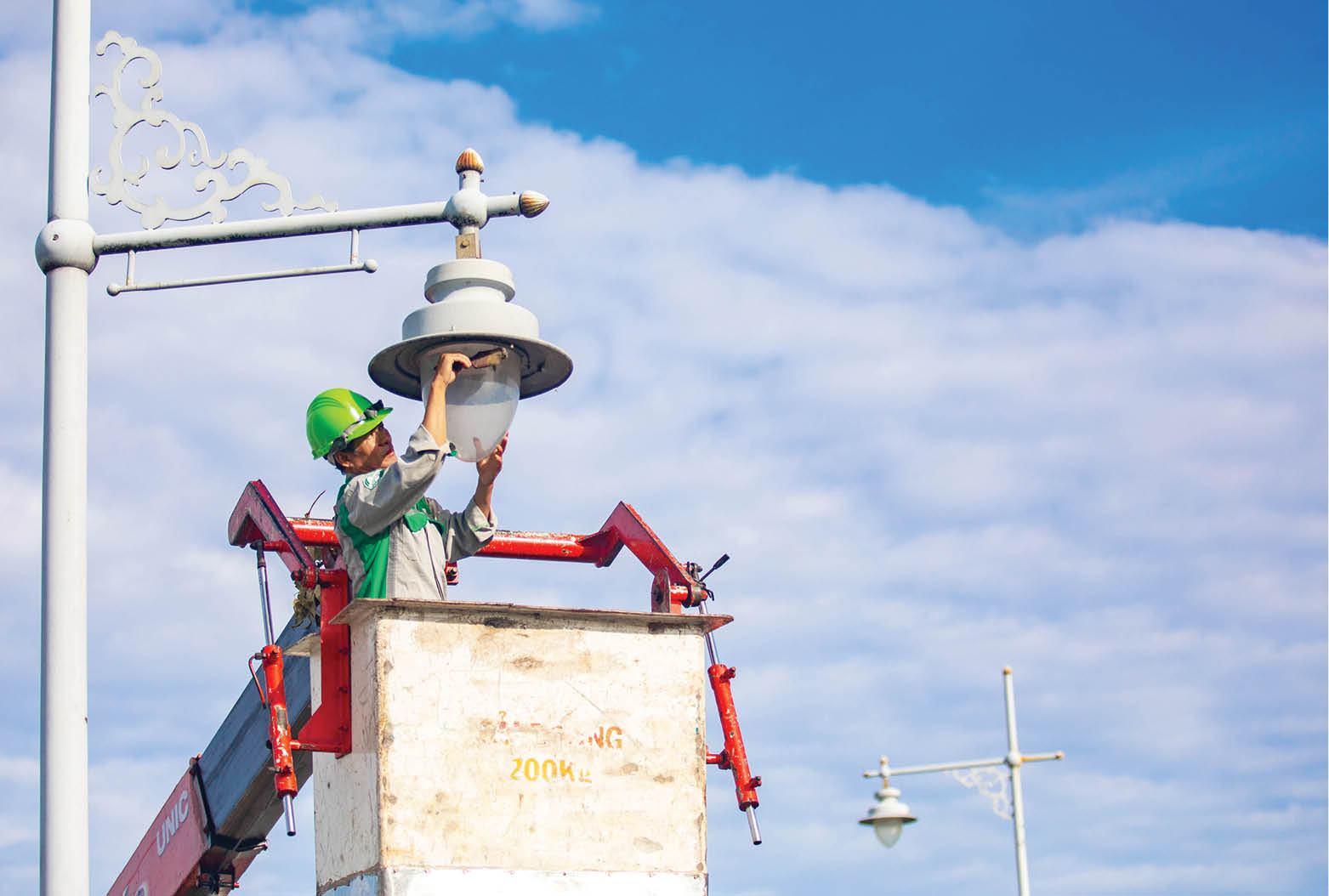 |
| Hue is currently the city with the highest LED lighting rate in the country. |
Towards smart lighting management
With the orientation of developing the city according to the smart urban model, public lighting in Hue is constantly being invested and improved. The LED lighting system is gradually replacing traditional lighting technologies, bringing about clear efficiency in terms of energy and aesthetics. According to statistics from Hue Urban Environment and Construction Joint Stock Company (HEPCO), in Phu Xuan and Thuan Hoa districts, there are currently more than 24,600 light bulbs in operation, of which 68% are LED lights, spanning nearly 480km of main streets and more than 240km of alleys. Hue is also the city with the highest LED lighting rate in the country today.
HEPCO also invested in a centralized lighting control system. The control center currently connects 341 electrical cabinets via wireless communication technology, allowing flexible on/off switching according to weather and usage needs. This is an important premise for the city to gradually deploy a smart urban lighting management platform.
In addition to public lighting for traffic and daily life, HEPCO is also responsible for architectural lighting in some of the city's prominent works, serving tourism and defining the urban identity at night. Works such as Truong Tien Bridge, Ky Dai, Dai Noi or recently Nguyen Hoang Bridge are not only simply illuminated but also become "light works", creating aesthetic highlights for the entire city. The lights in these places not only guide the way but also evoke the depth of the ancient capital's culture, creating many impressions for domestic and foreign tourists.
Multi-level problem in lighting management
According to Mr. Hoang Van Tien, Director of the Lighting Electric Enterprise under HEPCO, one of the biggest challenges today is the fragmentation in the management system. Roads, parks, relic sites and public works are being managed by many different units: HEPCO is in charge of traffic lighting in the two central districts and Huong Thuy Town; the Green Parks Center is in charge of lighting the parks; the districts of Phu Loc, Phu Vang, Quang Dien, A Luoi and Huong Tra Town are managed by urban authorities; while the lighting of relic sites is managed by the Hue Monuments Conservation Center. This is an obstacle in planning and developing a synchronous and modern lighting system in the city. The situation of "each place has its own style", "each place has its own lighting direction" somewhat reduces the overall efficiency of the lighting infrastructure.
Speaking at the National Lighting Science Conference held in Hue at the end of May, Mr. Tran Quoc Khanh, General Director of HEPCO, expressed his concerns about financial resources. Accordingly, financial constraints in prioritizing investment in artistic lighting and high initial investment costs are barriers to the widespread application of smart lighting technology. At the same time, the harmony between conservation and development is also an important factor, because the installation of lighting systems at historical relics requires a deep understanding of the architecture, materials and cultural values of the work. A light that is not in the right tone or intensity can destroy the emotions that the relic brings. Meanwhile, the pressure to attract tourists and develop the night-time economy requires increased lighting and creating highlights. Balancing the preservation of the original state and the need for modernization is a delicate problem that needs to be solved with a multidisciplinary approach and social consensus.
To overcome existing challenges and promote the achievements, a comprehensive, synchronous and long-term lighting management strategy is needed. Mr. Tran Quoc Khanh said that the city should soon issue a specialized lighting planning in the direction of smart urban areas, prioritizing the implementation of a smart lighting control system throughout the city to have measures for remote monitoring, control and optimization.
HEPCO proposed the establishment of a centralized database for lighting infrastructure to facilitate maintenance, upgrading and inter-sectoral coordination. Data on equipment, operating time, consumption, areas of responsibility, etc., if digitized and managed uniformly, will help save time, costs and reduce risks in management. At the same time, a specialized committee or working group including lighting, architecture, conservation experts and government representatives should be established to ensure that all lighting projects in heritage areas are evaluated objectively, scientifically and humanely.
Source: https://huengaynay.vn/kinh-te/de-hue-them-diem-nhan-ve-dem-154998.html



![[Photo] Hanoi: Authorities work hard to overcome the effects of heavy rain](https://vphoto.vietnam.vn/thumb/1200x675/vietnam/resource/IMAGE/2025/8/26/380f98ee36a34e62a9b7894b020112a8)
![[Photo] Multi-colored cultural space at the Exhibition "80 years of the journey of Independence - Freedom - Happiness"](https://vphoto.vietnam.vn/thumb/1200x675/vietnam/resource/IMAGE/2025/8/26/fe69de34803e4ac1bf88ce49813d95d8)
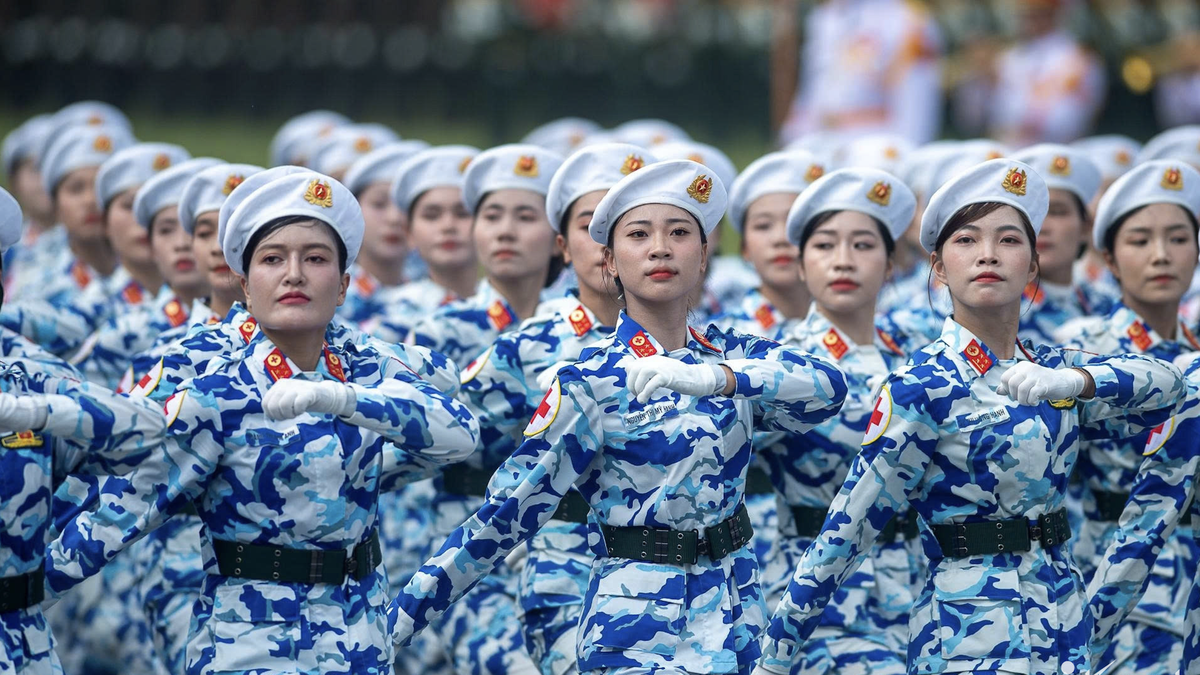

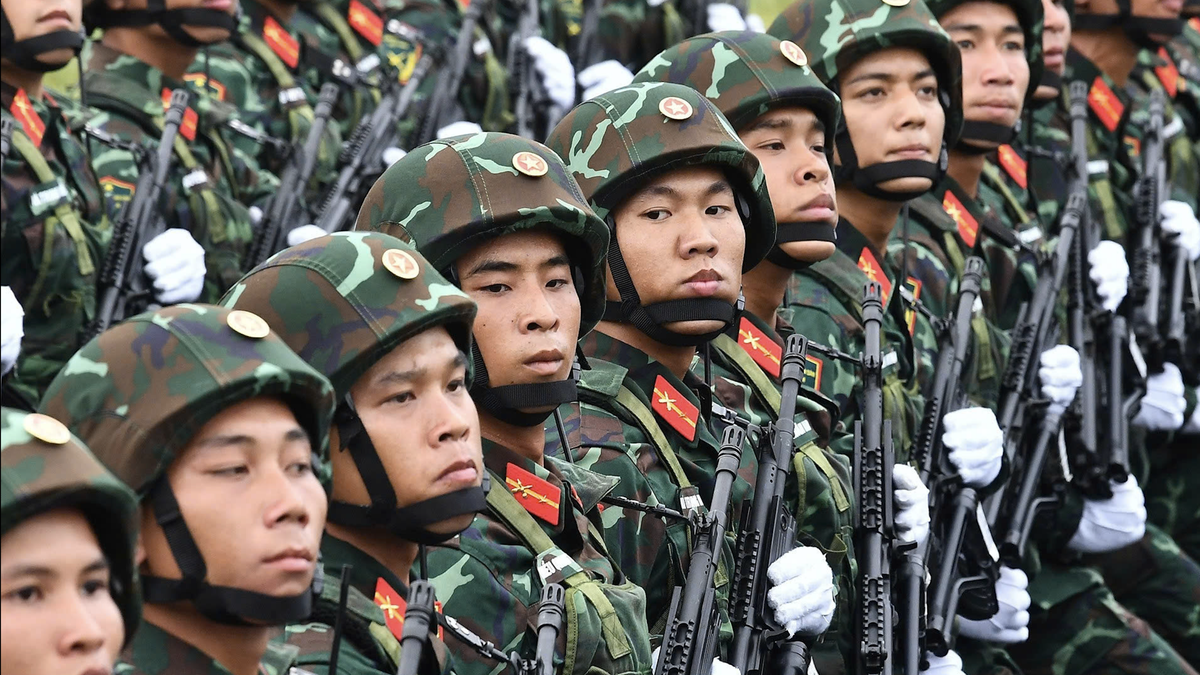


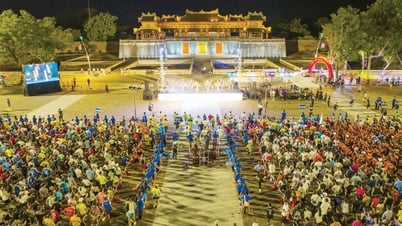
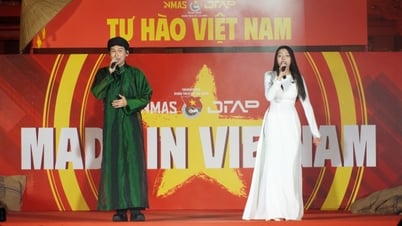




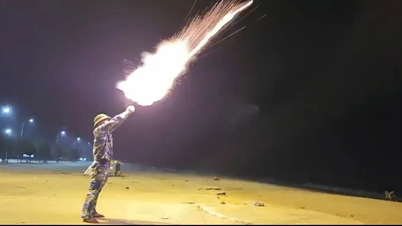




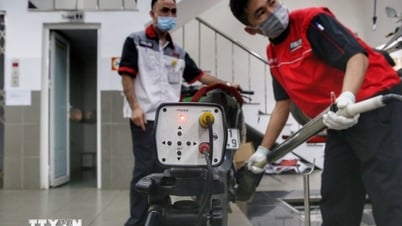

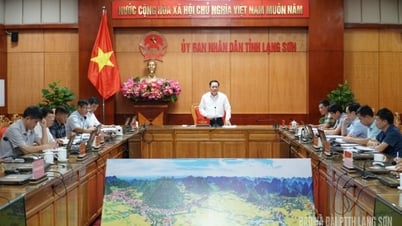

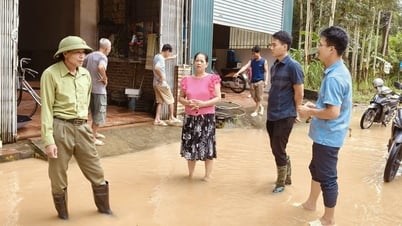

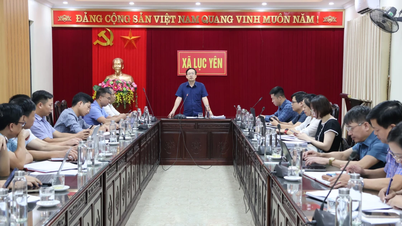





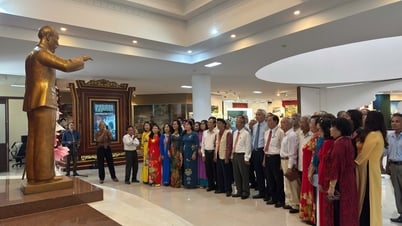

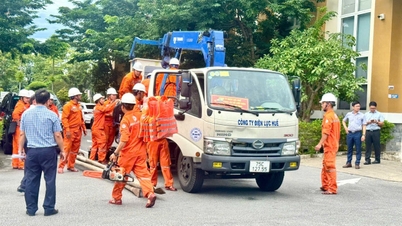
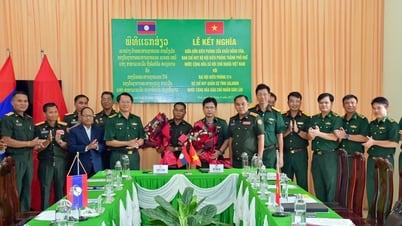


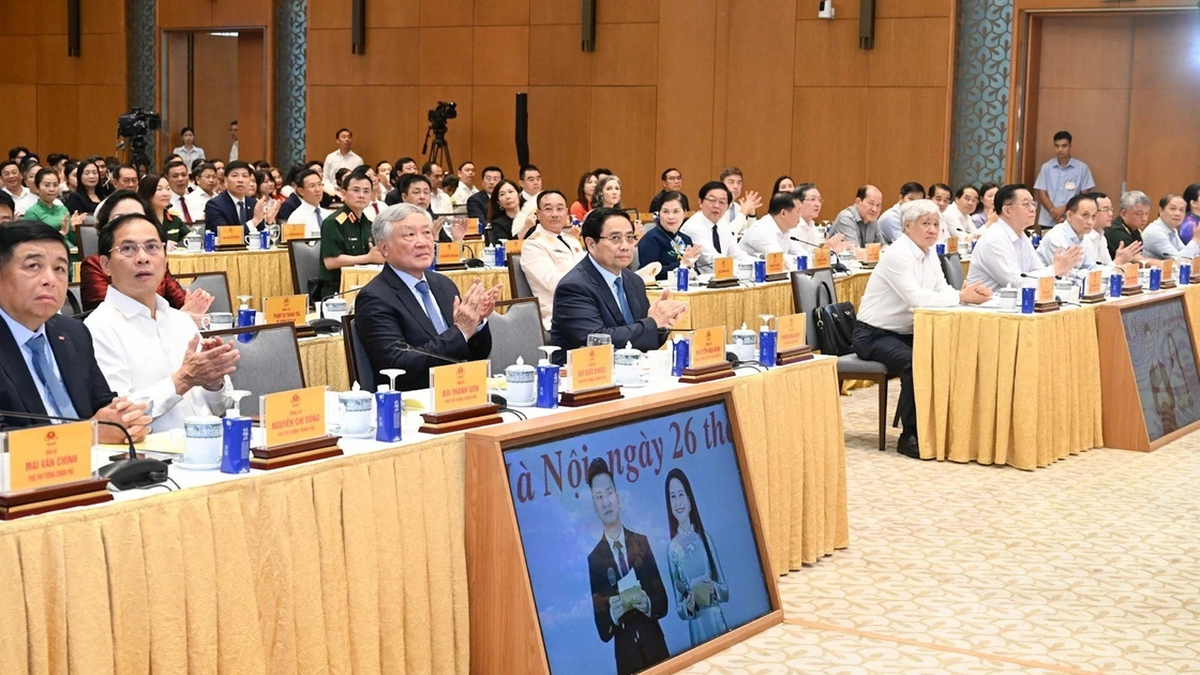
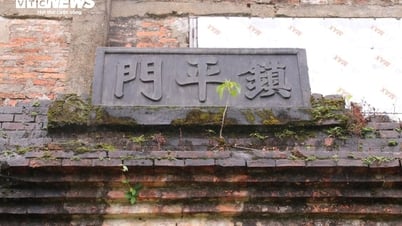

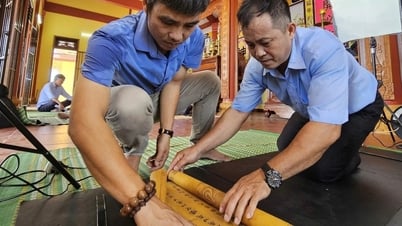

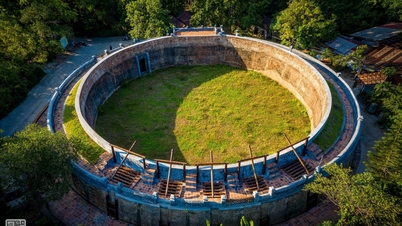



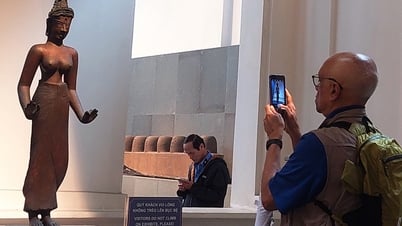

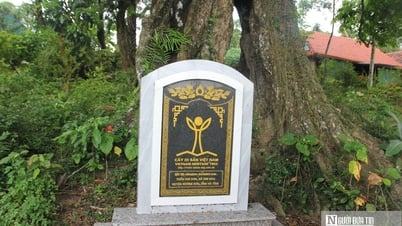








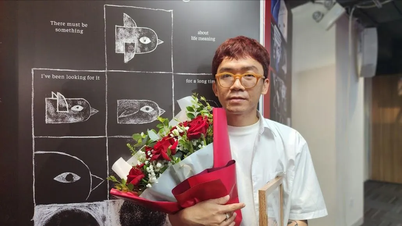
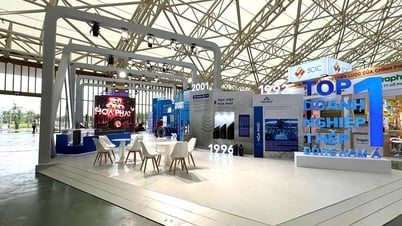

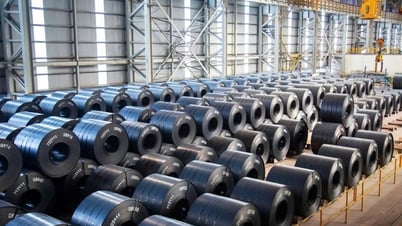


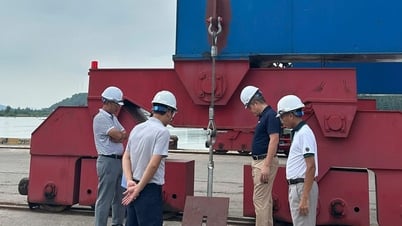






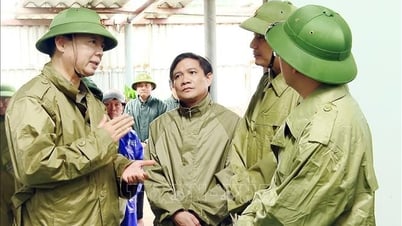

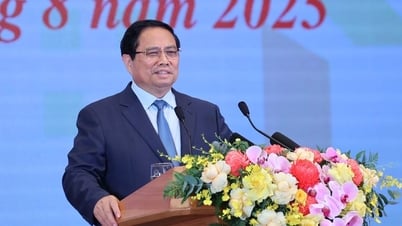
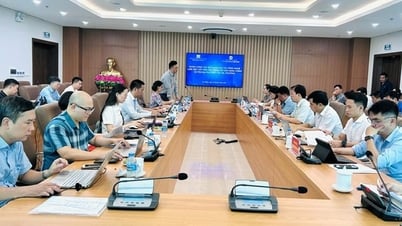

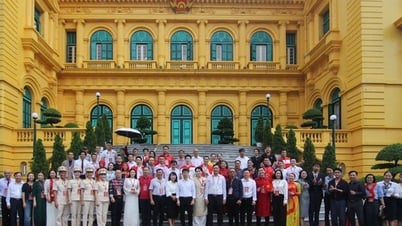

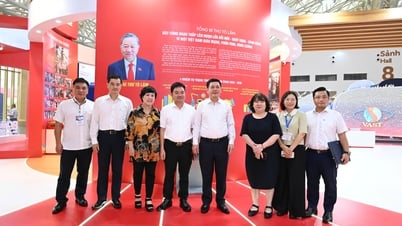

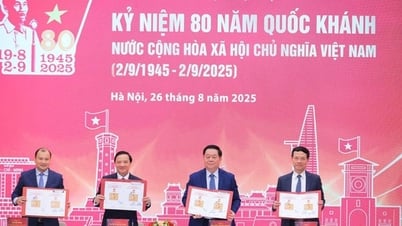
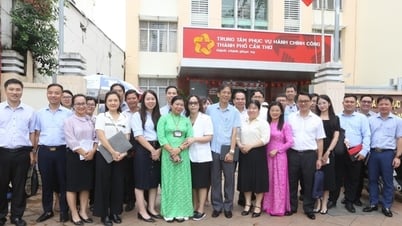
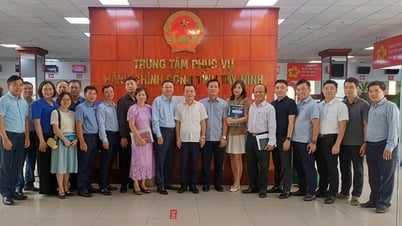


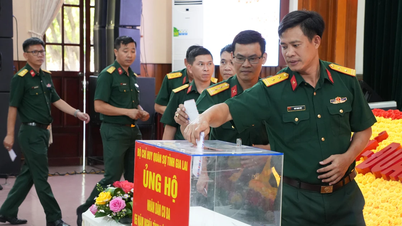








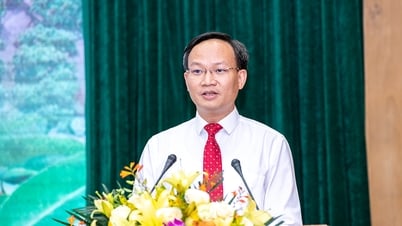
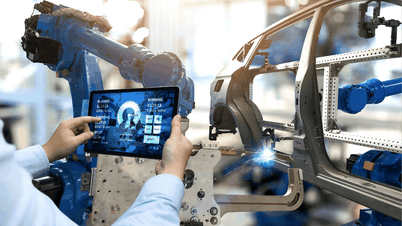




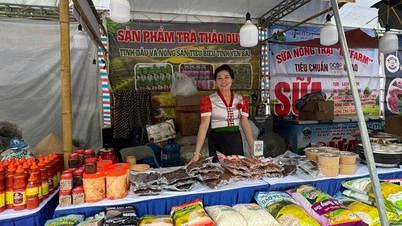


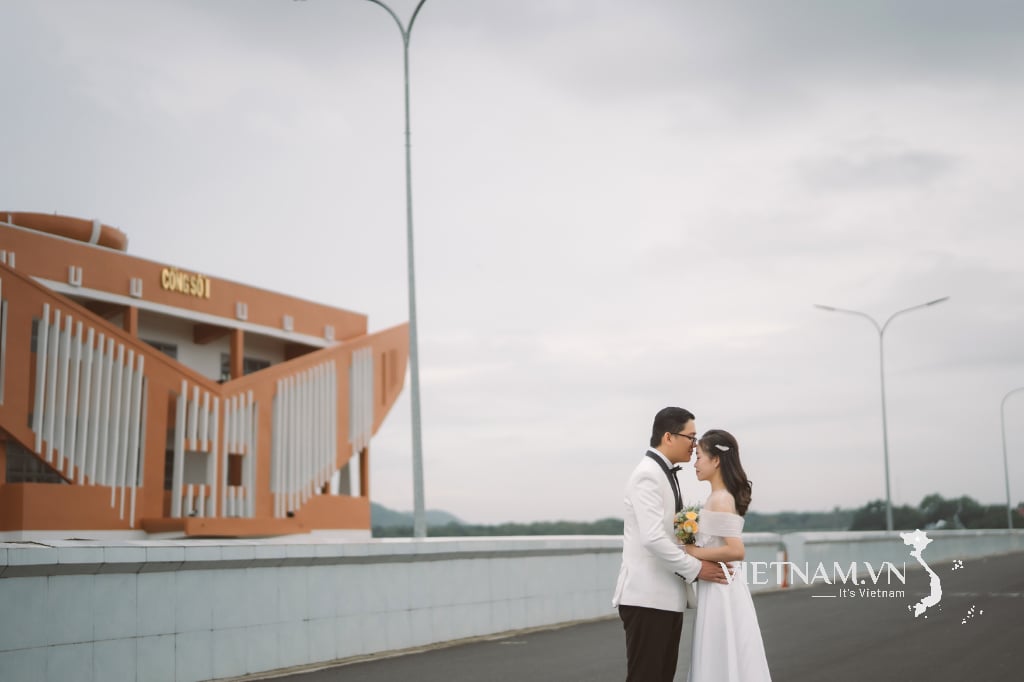



Comment (0)